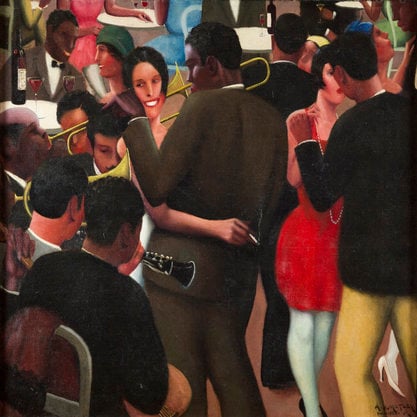Article
Togni, Camillo (1922–1993) By Roderick, Peter
Article
Camillo Togni was an Italian composer, aesthetician and pianist. Launching a career in the midst of the chaos of World War II, he played his part in the trends and polemics that emerged from Italian art music in the late 1940s, but his prominence faded into the 1960s as Italian musical modernism diversified.
A precocious talent from an early age, Togni left his hometown of Brescia aged 17, on the outbreak of war, to commence study with a string of artistic luminaries: Alfredo Casella (1883–1947) for composition, Luigi Rognoni (1913–1986) for esthetics and Benedetto Michelangeli (1920–1995) for piano. Togni’s career subsequently thrived in the heady atmosphere of postwar crisis that beset Italian music in the late forties, and he was a veteran of the numerous conferences and congresses accompanying the quasi-evangelical turn towards serialism and other high-modernist compositional techniques in Italy during this period. An early adopter of serialism (for instance, in the “Variazioni” of 1945–46), Togni demonstrated a rigorous adherence to the method combined with a block-like approach to musical texture, similar in substance to Stravinskian serial efforts and the later work of Luigi Dallapiccola (1904–1975).

